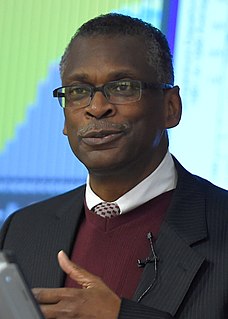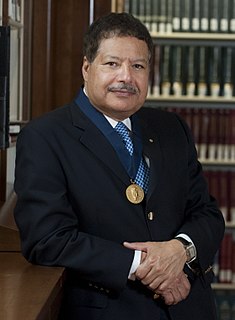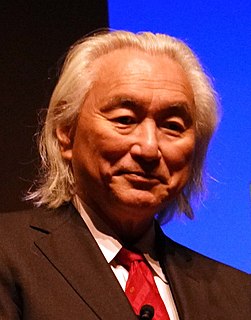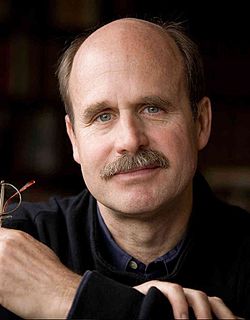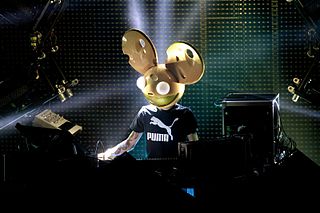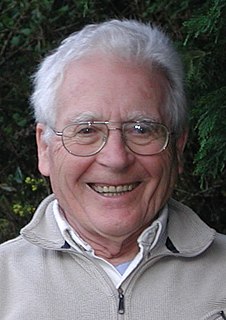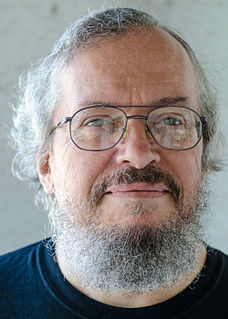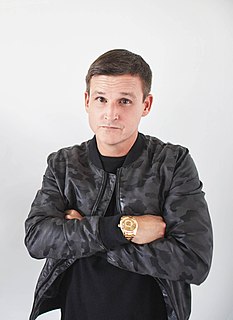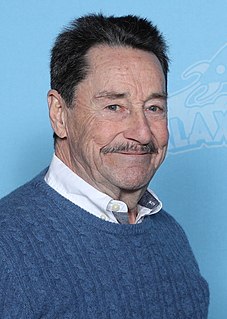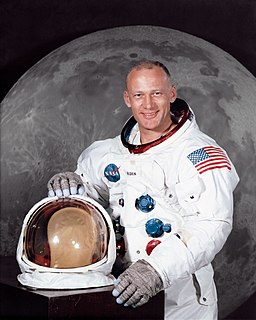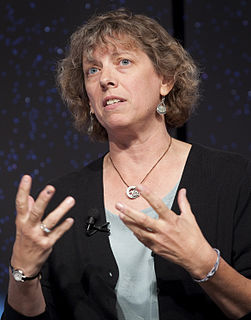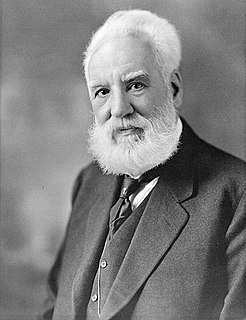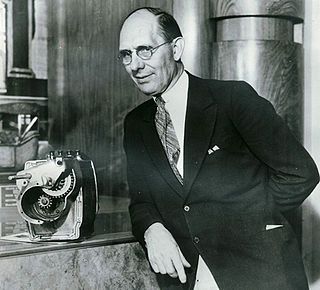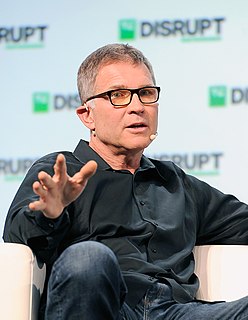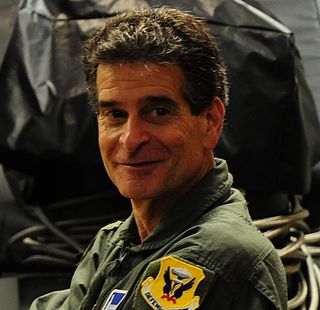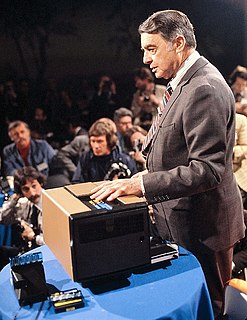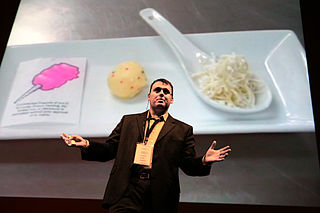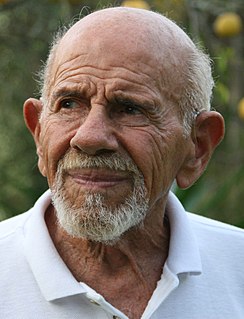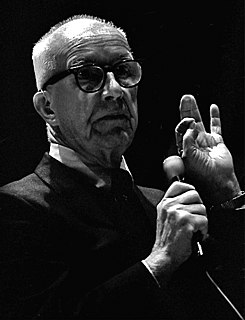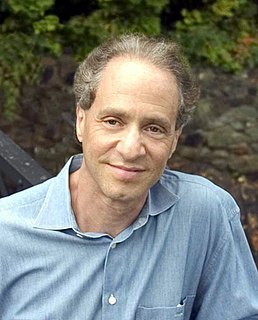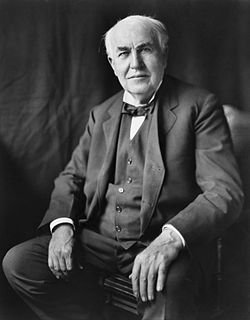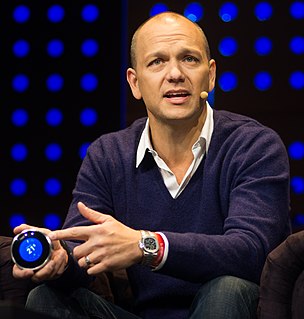Цитата Лонни Джонсона
В итоге мне предложили работу в Лаборатории реактивного движения НАСА, где я изобрел механизм питания для космического корабля Галилео, который до 2003 года находился на орбите Юпитера.
Связанные цитаты
Большинство планет размером с Юпитер вращаются вокруг материнской звезды по очень эллиптической орбите. Это означает, что они будут часто пересекать орбиту любой похожей на Землю планеты и выбрасывать ее в открытый космос, делая жизнь невозможной. Но наш Юпитер движется по почти идеальной круговой орбите, предотвращая столкновение с любой землеподобной планетой, делая возможной жизнь.
Опасности, исходящие от астероидов, сближающихся с Землей, оценивает компьютерная система Sentry, разработанная Группой объектов, сближающихся с Землей, в Лаборатории реактивного движения НАСА в Пасадене, Калифорния. Программное обеспечение объединяет координаты, расстояние, скорость и гравитационные воздействия космического камня. для расчета его траектории.
Как любит говорить Стюарт Брэнд (соучредитель глобальной бизнес-сети Emeryville): «Информация живет вечно. Цифровая информация хранится вечно или пять лет, в зависимости от того, что наступит раньше». Везде есть примеры. Записи с первых посадочных модулей «Викинг», которые отправились на Марс, находятся в Лаборатории реактивного движения (НАСА), но нет машины, которая могла бы читать записи.
Когда я работал в Лаборатории реактивного движения в начале 80-х, мне впервые пришла в голову эта идея. Super Soaker был основан на некоторых инженерных принципах, которые я применил. На самом деле я работал над другим изобретением — тепловым насосом, в котором вместо фреона в качестве рабочей жидкости использовалась вода.
Цянь Сюэсэнь, отец китайской космической программы, учился в Соединенных Штатах, был протеже Теодора фон Кармена в Калифорнийском технологическом институте и помог создать там лабораторию реактивного движения, а затем попал в волну антикоммунизма. и был обвинен в шпионаже и фактически депортирован обратно в Китай, где он с нуля построил всю их ракетно-космическую программу. Таким образом, в некотором смысле, очень реальным образом, Соединенные Штаты, пытаясь защитить так называемые «защитить наши секреты» и вышвырнув этого парня из страны, помогли зародить и запустить китайскую ракетную программу.
Самые первые эксперименты по созданию ракет и их запуску были проведены студентами Калифорнийского технологического института в 1937, 38 и 39 годах. А позже эти люди собрали лаборатории реактивных двигателей в Пасадене и отправили самолеты и космические корабли на Луну. Так что все началось очень примитивно с любви.
Я бы хотел, чтобы меня подстрелили в космос. Я хотел бы потенциально посетить Луну. Я не знаю, смогу ли я сделать это в ближайшие пару лет, но я провел некоторое время в лаборатории реактивного движения, заглядывая в будущее, когда такой парень, как я, сможет совершить небольшое космическое путешествие.
Я всегда связан с аэрокосмической программой, НАСА и Центром космических полетов имени Годдарда. И если дети чувствуют такое желание, они могут зарегистрироваться в НАСА и получить награду Optimus Prime Spinoff Award, которую мы ежегодно вручаем некоторым из блестящих молодых умов, которые занимаются академическими исследованиями в области космоса, науки, технологий и математики.
Мы должны очень хорошо подумать о том, как мы предлагаем потратить деньги, которые НАСА имеет для исследования космоса. И мы должны четко понимать, что есть часть НАСА, занимающаяся пилотируемыми космическими полетами, и часть НАСА, занимающаяся научными исследованиями, а также аэронавтика. Все это очень разные вещи, которыми занимается НАСА.
